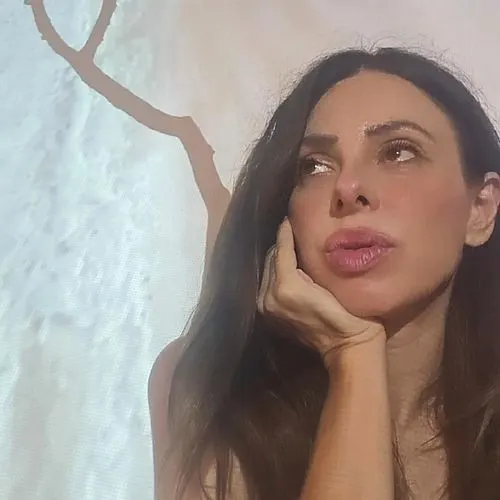
One theme that I find extremely interesting, although not frequently explored in my artistic works, is that of portraits and self-portraits. The genre of portraiture, including self-portraiture (autoportrait), stands as one of the most enduring and personally expressive in art history. This genre has significantly evolved over the centuries, adapting to cultural shifts, artistic movements, and advances in technology, including the advent of digital art. I find it particularly intriguing how portraiture has changed with the development of technology and media.
With the digital revolution, portraiture has transcended traditional mediums. Digital tools and platforms have democratized the creation and dissemination of portrait art, allowing artists to manipulate images in ways that were previously impossible. They play with colors, forms, and contexts to create new layers of meaning.
Moreover, I am interested in how self-portraiture and selfies have found new expressions in the digital age, especially with the rise of social media. Platforms like Instagram and Snapchat have turned self-portraiture into a daily practice for many, often blending genuine self-expression with curated personas.
Here are some questions related to this topic:
And most important could please share examples of your portraits or self-portraits? It would be great if you could also describe the techniques and tools you used, and explain how they helped you achieve your artistic vision.
Martina Miholic said:One theme that I find extremely interesting, although not frequently explored in my artistic works, is that of portraits and self-portraits. The genre of portraiture, including self-portraiture (autoportrait), stands as one of the most enduring and personally expressive in art history. This genre has significantly evolved over the centuries, adapting to cultural shifts, artistic movements, and advances in technology, including the advent of digital art. I find it particularly intriguing how portraiture has changed with the development of technology and media.
With the digital revolution, portraiture has transcended traditional mediums. Digital tools and platforms have democratized the creation and dissemination of portrait art, allowing artists to manipulate images in ways that were previously impossible. They play with colors, forms, and contexts to create new layers of meaning.
Moreover, I am interested in how self-portraiture and selfies have found new expressions in the digital age, especially with the rise of social media. Platforms like Instagram and Snapchat have turned self-portraiture into a daily practice for many, often blending genuine self-expression with curated personas.
Here are some questions related to this topic:
- How do you think digital tools have changed the traditional skills and techniques of portrait artists?
- How do you balance genuine self-expression and the influence of social media trends when creating digital self-portraits or selfies?
- Do digital platforms and tools enhance your artistic freedom when creating portraits? Can you share examples where technology allowed you to push creative boundaries?
- How has the democratization of digital art tools impacted the distinction between professional artists and hobbyists in the field of portraiture?
- With the rise of filters and AI enhancements, do you think digital self-portraits can still be considered a form of authentic artistic expression? Why or why not?
- Has the availability of digital art tools influenced the way upcoming artists are trained in portrait art? What should be the role of traditional techniques in today's art education?
- How do digital art communities (like those on Instagram, Snapchat, or specialized art forums) influence your work and your approach to portraiture?
- Do you have favourit portrait from History of art?
And most important could please share examples of your portraits or self-portraits? It would be great if you could also describe the techniques and tools you used, and explain how they helped you achieve your artistic vision.
Digital tools have transformed portrait artistry by enhancing creativity, increasing efficiency, and expanding access to learning, allowing artists to blend traditional techniques with innovative digital methods.